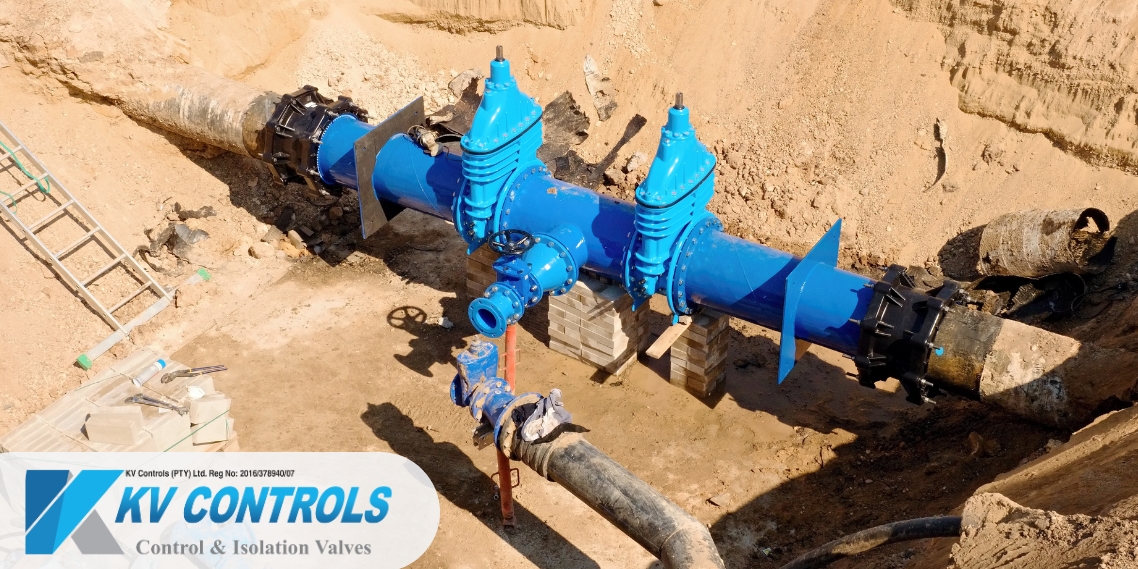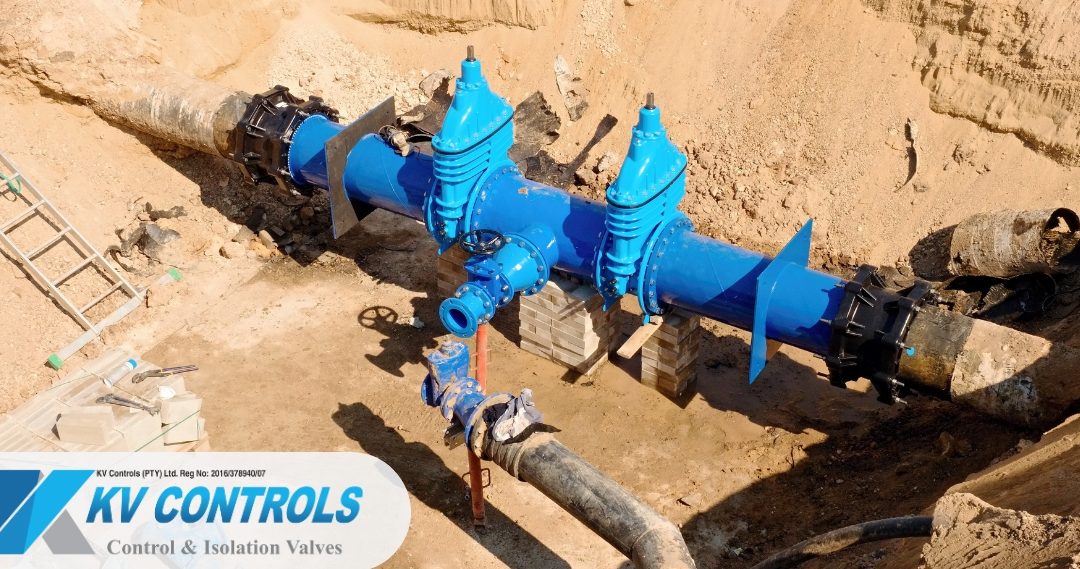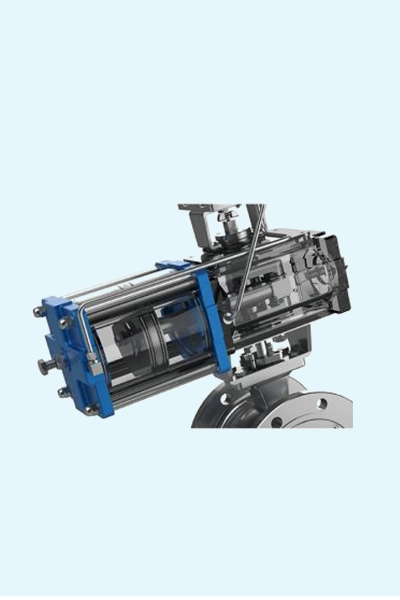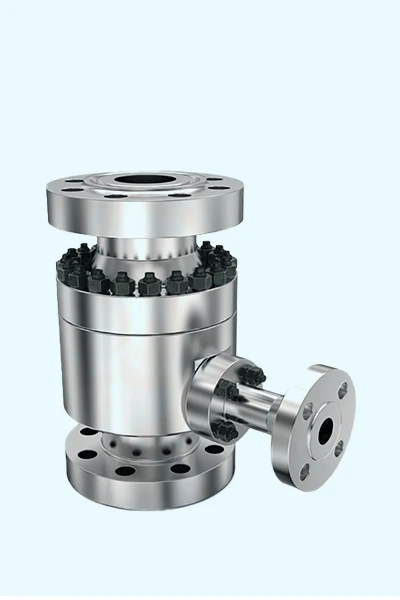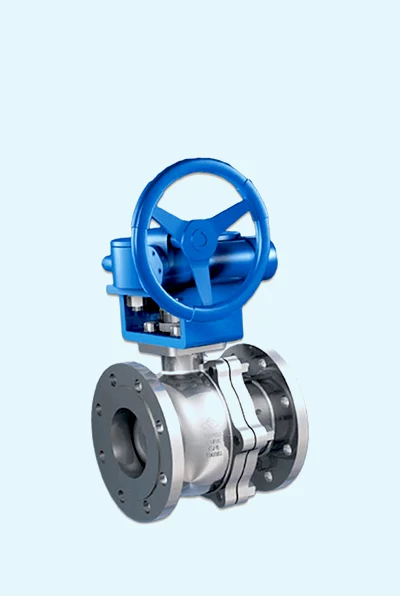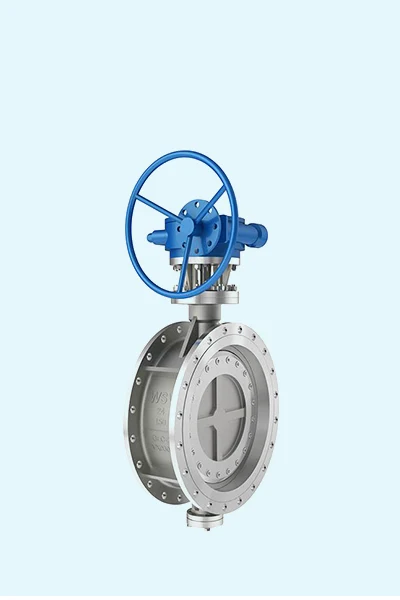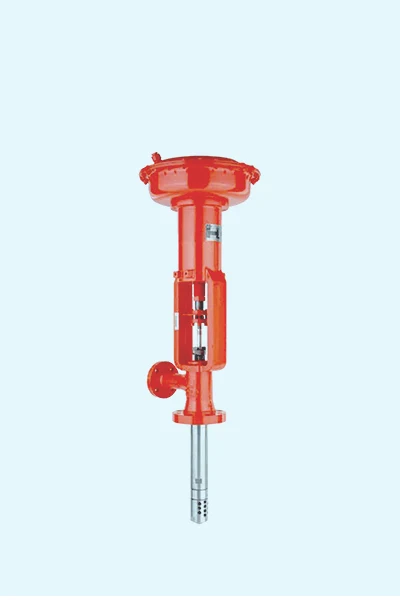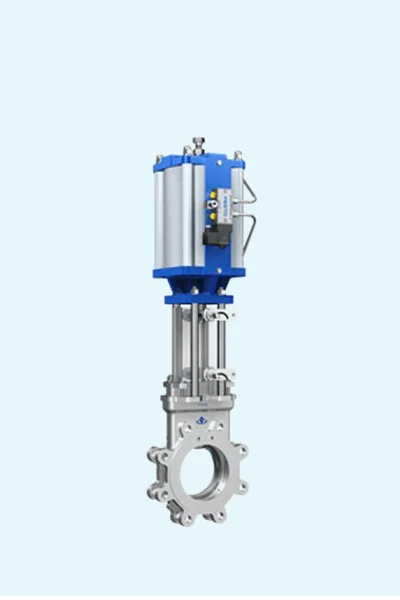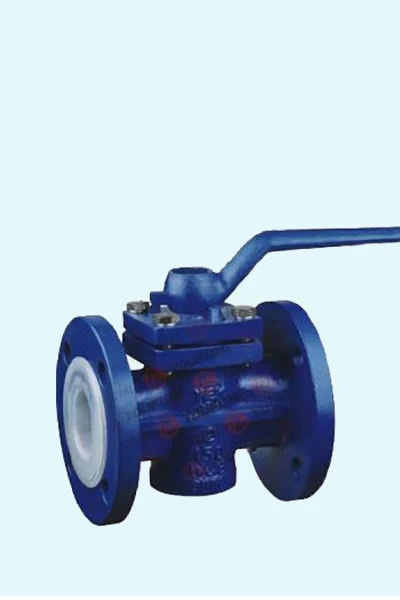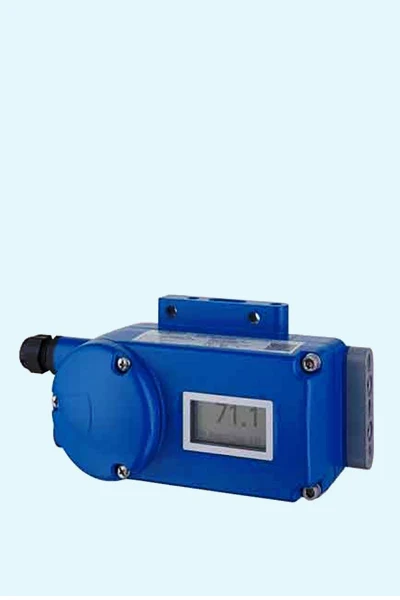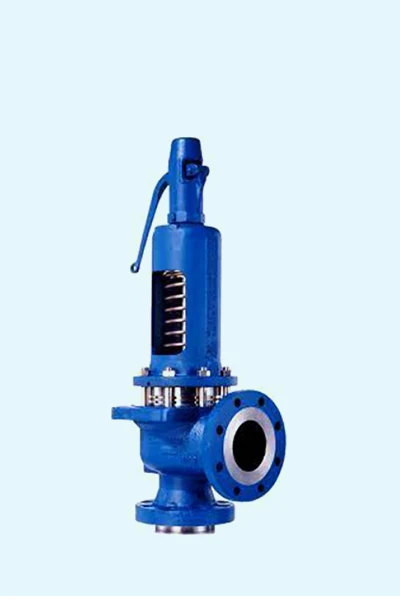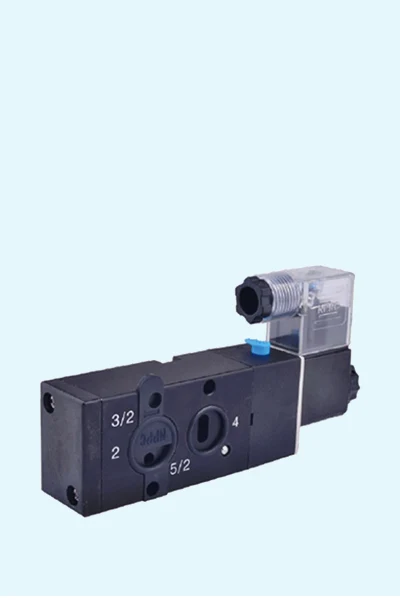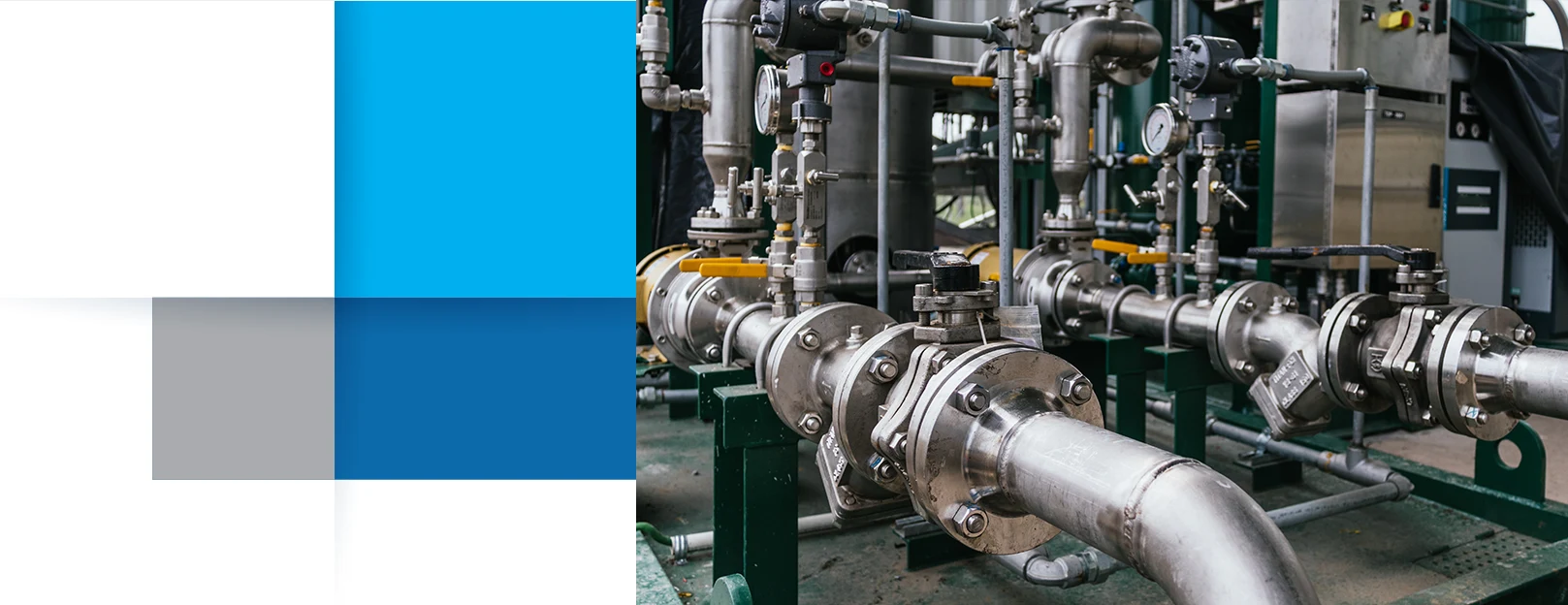Key Factors When Choosing a Valve
Selecting the right valve for your industrial application is critical for efficiency, safety, and longevity. Below, we break down the key factors to consider when choosing a valve to ensure optimal performance.
1. Application & Media Compatibility
The first step is understanding the application and the type of media the valve will handle. Different industries require different types of valves based on whether they manage liquids, gases, steam, or corrosive chemicals. Choosing a valve with the right material and design ensures durability and efficiency. KV Controls offers a range of high-quality valves, including ball valves, butterfly valves, and gate valves suitable for various applications.
2. Valve Type Selection
Different valve types serve different functions.
-
Ball Valves: Provide quick shut-off and are ideal for high-pressure applications.
-
Butterfly Valves: Lightweight and efficient for flow regulation.
-
Gate Valves: Excellent for on/off control in pipelines.
-
Globe Valves: Designed for throttling and precise flow control.
-
Check Valves: Prevent backflow, ensuring unidirectional flow.
-
Actuators: Control valve movement for automated or manual operation.
-
ARC Valves: Engineered for severe service applications and high durability.
-
Desuperheater: Used to control steam temperature in industrial applications.
-
Diaphragm Valves: Ideal for chemical processing and hygienic applications.
-
Globe Control Valves: Offer precise flow regulation and pressure control.
-
Knife Gate Valves: Designed for handling slurry and bulk materials.
-
Plug Valves: Provide leak-tight sealing for high-pressure applications.
-
Positioners: Enhance valve performance by adjusting valve positioning.
-
Safety Valves: Prevent system overpressure to protect equipment and personnel.
-
Segmented Ball Valves: Deliver high-performance flow control and modulation.
-
Solenoid Valves: Used for electrically controlled fluid and gas flow applications. KV Controls supplies industry-leading brands, including Schneider Electric, ensuring top-quality performance.
3. Material Selection
Valve material must withstand the operating environment. Common materials include:
-
Stainless Steel: Corrosion-resistant and ideal for harsh environments.
-
Brass: Suitable for water and low-pressure applications.
-
Cast Iron: Used for high-temperature and steam applications. KV Controls provides high-grade materials to suit diverse industry needs.
4. Pressure & Temperature Ratings
Choosing a valve with the right pressure and temperature rating prevents system failures. High-pressure applications require robust valves like the Schneider Segmented Ball Valve, while extreme temperatures demand specialized materials.
5. Actuation Options
-
Manual Valves: Operated by hand (suitable for low-maintenance applications).
-
Electric Actuators: Automated and ideal for remote operation.
-
Pneumatic Actuators: Used in systems requiring fast response times. KV Controls specializes in AOX Electric Actuators for precision automation.
6. Maintenance & Lifespan
Low-maintenance valves reduce downtime and increase operational efficiency. Investing in high-performance valve positioners, like the Schneider Valve Positioner SRD998, ensures longevity and precise control.
7. Industry Standards & Compliance
Ensure the valve meets industry regulations such as ISO, ANSI, API, and CE certifications. KV Controls supplies certified, high-quality valves for compliance with industrial standards.
Choose KV Controls for Reliable Valve Solutions
With years of expertise, KV Controls provides high-performance valves from trusted brands, ensuring durability and efficiency. Contact us today for expert guidance in selecting the right valve for your needs.
